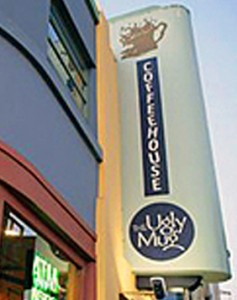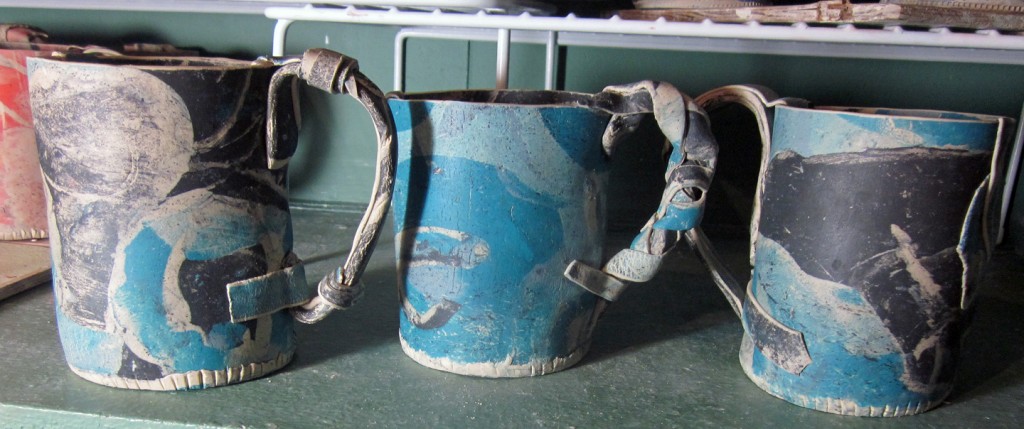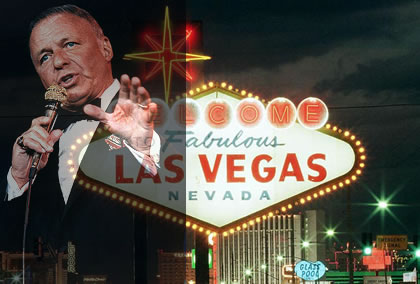
Mugs have tons of specifics to execute in order to do their job well: handle, rim, foot, balance, containment, usability. Beauty.
But mugs get no respect. Teapots – especially if they don’t actually work – currently have the corner on cache’ and collectability. Even the simple teabowl can garner more acclaim.
Yup. Mugs have to fight for every ounce of approbation they receive and I know why.
Let me hate on mugs in six ways and then tell you about my new line of work: mugs.
Six Bad Things About Mugs
1. Every coffee shop, roadside attraction and public radio fundraiser has custom logo mugs. Slip-cast decaled restaurant-ware Made in China, they’re common as a cold.
2. Every local Potter’s Sale has mugs. They’re a handmade staple, but often poorly crafted: too heavy and lumpy, with ungrippable handles, wobbly feet, lip-slicing top rims, poorly-applied glazes. It’s amazing to me how bad of a mug even a fairly competent potter will offer for sale. Crude is not wabi sabi!
3. They cost too much. If you buy a $5 handmade mug and it underperforms, well you maybe got exactly what you bought. But there are $50 and up art mugs out there. They begin to approach the unusable teapots and ineffable teabowls, but still make a bid for your daily use. What’s it gonna be? Can you justify your love?
4. If you use them, they will break. If you feel too precious about something, the OOh OOh Tremors will kick in and you will break it sooner rather than later. Or you will be aware of the Tremors, do an end run and use the mug only for posies or, worse, pencils. I’ve tried gluing a broken handle back on and it broke again, mid-sip, spilling hot coffee in my lap and on my keyboard.
5. They cost too much for the artist to make. Mugs take a lot of fiddling to get right. More than one expert ceramics artist has told me they just can’t recoup their time costs on mugs. They’d have to price them beyond a comfortable range, so why do them at all? Vases afford respectable returns. Even pitchers or platters. Wallhangings.
But everyone wants mugs. Even me….witness my Open Studios Mug Tour last October.
6. I don’t really have a sixth point, I just like six as a number. If it did, it would be about the utter irrationality of loving mugs anyway, because it’s a good lead-in to the next section.
How I Found A Way to Love Mug-Making
Over the years, I’ve been asked and asked and asked to make mugs. I’ve come to think it’s because mugs are understandable and useful. It’s a way to have a little something from the artist. Giftable. Defensible. Enjoyable. Nothing wrong with all of that!
Mugs with faces (Tobys) were logical and appealing for my requesters at one time, but not to me, so I stuck with the Ugly and Character Face Jugs.
And now I get requests for miniature gas and oil can mugs, paint can mugs, tobacco can mugs, beer and soda can mugs, fruit and veggie can mugs. As nifty as these ideas might seem, so far I have resisted. I only can say I’m more interested in the pure form of the can than the can-as-mug form. And I’m well aware of all the extra fiddling and the woeful reports on cost-effectiveness. Mugs have been a no-go artistically and business-wise for me for a long time. I had no inclination to circumvent the obvious.
Until now. I promise to post a How-to pictorial soon, as I’ve encountered a mesmerizing layering process. But all I want to do presently is lift the curtain on a new way of being with the clay that begs me to make nothing but freshly formed, excellently crafted and sassy mugs. Very little fussing, great usability, lots of artiness. Just barely in my control yet still very functional and I like that.
And for all the fun, they’re even cost effective enough to keep the prices down. Everyone wins!
So, meet the new Strata Mugs! Here are three, still experimental, not even bisque-fired, but all they will need after bisquing is a translucent matte glaze and off they will go to the cupboards of American Ceramic Mug Lovers everywhere.

~Liz Crain, who’s new ceramic process lets her synthesize form and function, process and product, pure play and productivity.
The top photo is of the endearingly local coffeehouse, The Ugly Mug, in Soquel, who gladly takes ANY donated mugs and uses them!
